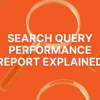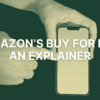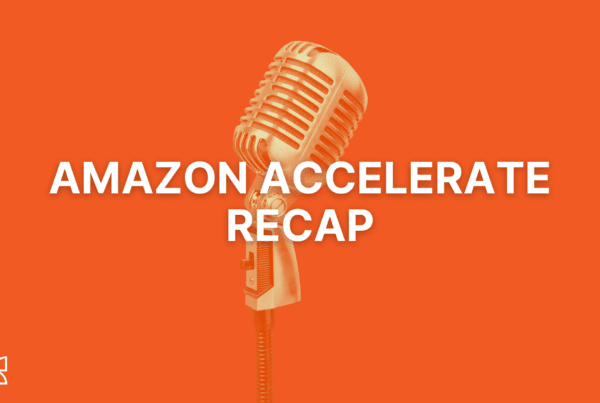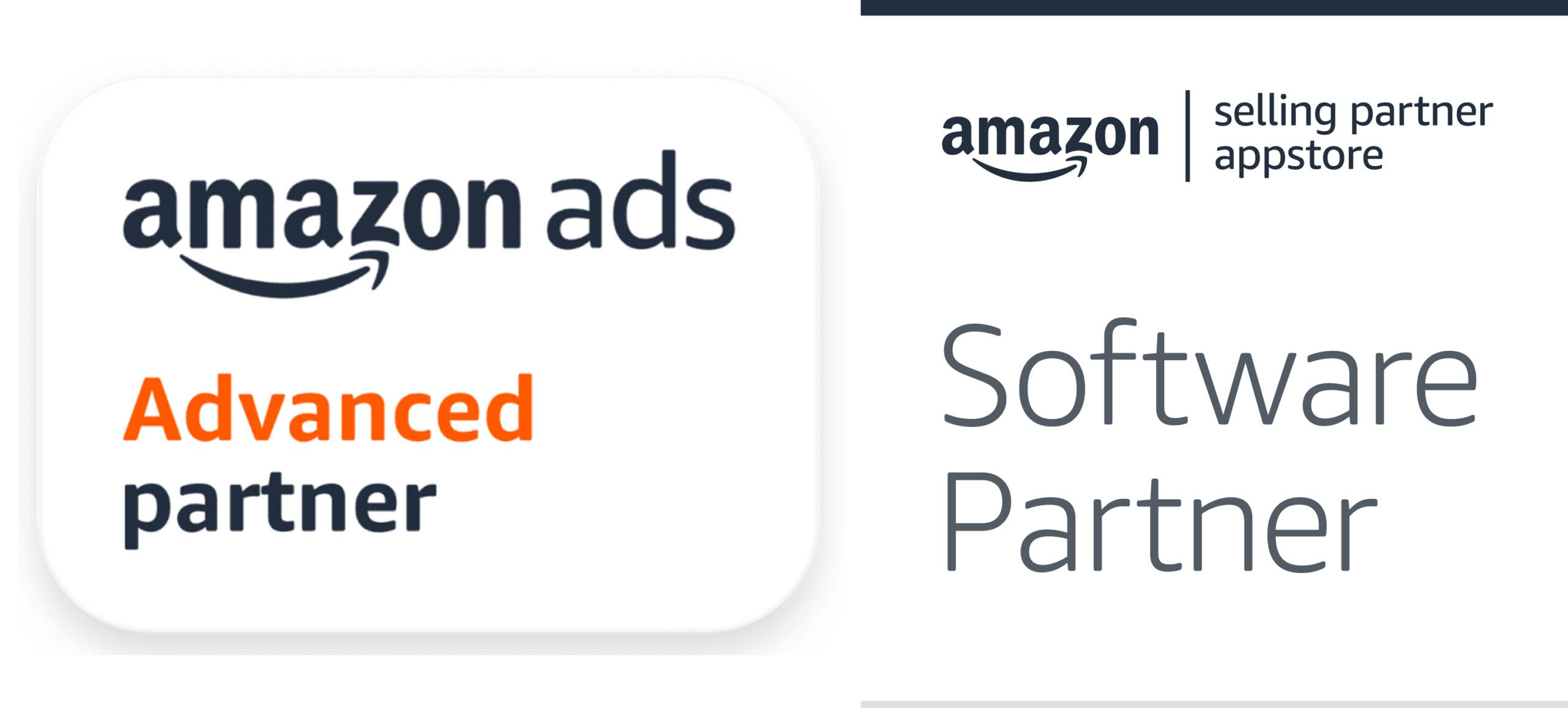
This post is based on our webinar “Demand Planning on Amazon Explained.”
Forecasting in any eCommerce business can be a challenge—but forecasting on Amazon can be even more difficult, regardless of whether you’re a Vendor or Seller. It’s important to know which type of forecast to use when. What is a trend forecast vs strategic forecast? Which one should you do first? How can you use them together?
We recently chatted with Wendi Mathis, Senior Vice President of Strategic Accounts at Channel Key about how her team approaches trend forecasts and strategic forecasts for their clients!
What is a Trend Forecast?
A trend forecast is looking back at what has been happening so we can define what trends will be in the future.
For example, you can look at your last trailing 12 months in January 2024 to determine what your 2025 year might look like. But if you’ve been in the Amazon space for five minutes, you know that trend forecasts are not always 100% accurate predictors of the future—you’ll need to make additional adjustments in order to be accurate.
What is a Strategic Forecast?
And that’s what we would call a strategic forecast. From there, we start making changes:
- What if the Average Selling Price was different?
- What if there was an inventory change?
- What if there was a promotional shift?
- What if advertising became more expensive?
There’s a lot that can impact your retail forecast—the weather shifts and you suddenly sell out of snowshoes. The last two weeks of October are not going to be what the first two weeks of November will look like.
For trend forecasts, we can look at the last year and anticipate what we’re going to see. But strategic forecasts are really digging in and looking at it from a SKU/ASIN level and combining the trend with other factors you know about the business, like future price changes, increased competition, or inventory challenges.
How to use Trend Forecasts and Strategic Forecasts Together
A trend forecast is a great way to start, which is a good base to get you started. Kapoq has spent a lot of time, effort, and expertise perfecting our model that generates an accurate trend forecast for your business, but you still need to have conversations of what’s going to be different in the future—no tool is going to be able to know all of that.
You need to have conversations and expertise to know what’s going to change—and that’s where the strategic forecast comes in. If you’re going to change your prices, that’s obviously going to impact your forecast. That’s just one of a hundred different things that are going to take you from a trend to a strategic forecast.
Wendi notes, “When I’m using a unit forecasting tool, I can take that base data and then take the discussion one step further to make the strategic forecast as accurate as possible.”
It’s impossible to predict everything that will happen in the future—you could get a series of negative product reviews or face unexpected inventory problems—which is why you need to revisit your forecast often to adjust it. When you refine that forecast, you’re making sure you’re able to do the work to get back on track.
Forecasting in Kapoq
We think about forecasting as two pieces—how many units are you going to sell over the next 12 months, and how are those sales going to be distributed across those 12 months?
If you want to achieve those higher-accuracy forecasts of 90-95% or more, you need a very granular analysis, down to a forecast by SKU or ASIN.
In Kapoq, we have the option to forecast by SKU or by ASIN, and then we estimate sales over the upcoming 12 months. This computes a run rate of how many units we expect you to sell, which takes into account your historical data, including lost sales and return adjustments.
This results in calculating the number of units of sales that you can expect over each of the next 12 months. From there, you can apply a growth rate factor on top of that.
Maybe you’re expecting to sell a thousand units of a certain SKU over the next 12 months. Then we want to know how those thousand units of sales will be distributed across the year. Will you experience a lot of sales in November and December? Or, will you see a bump in October because you sell Halloween costumes?
No matter how you utilize trend forecasts and strategic forecasts into your business plan, Kapoq is here to help provide accurate numbers for you to work with, in a fraction of the time.







